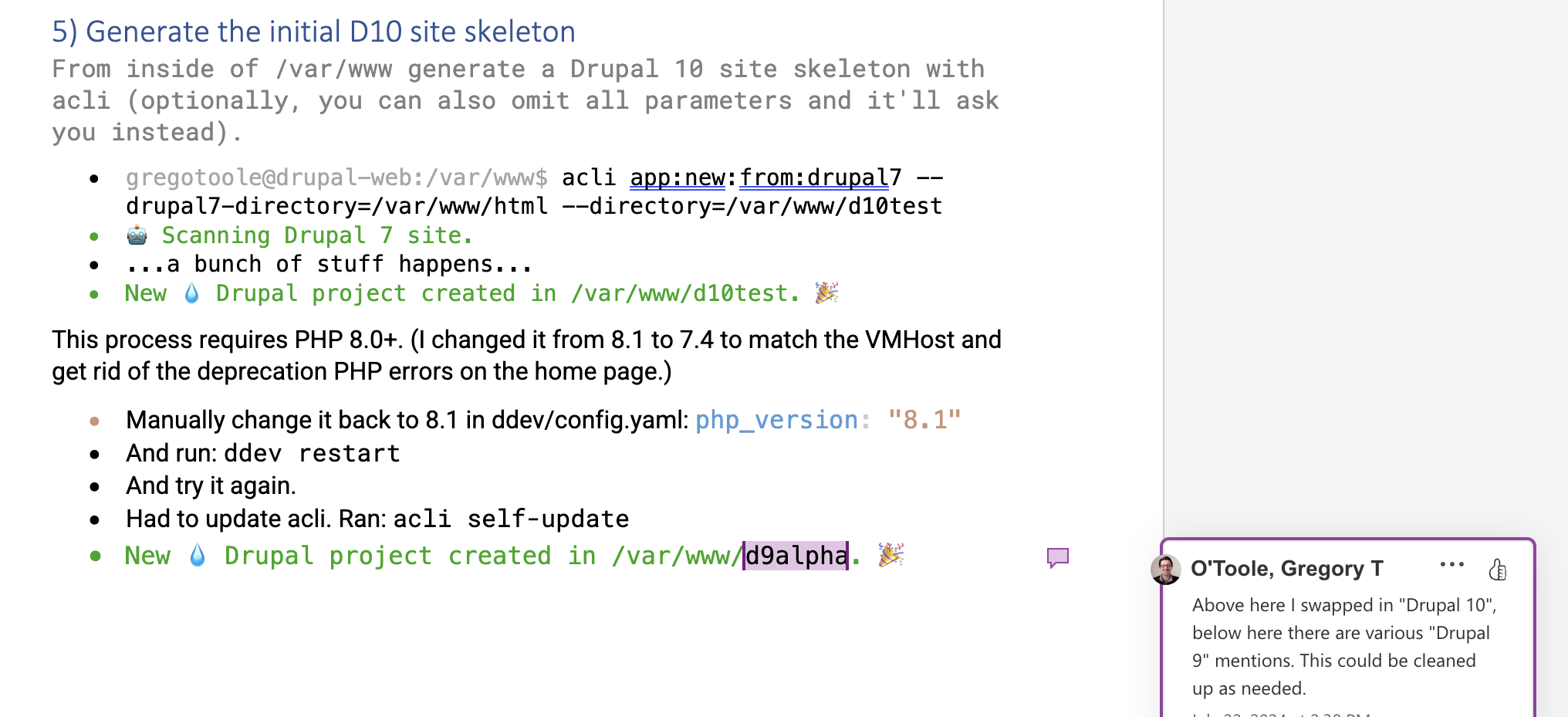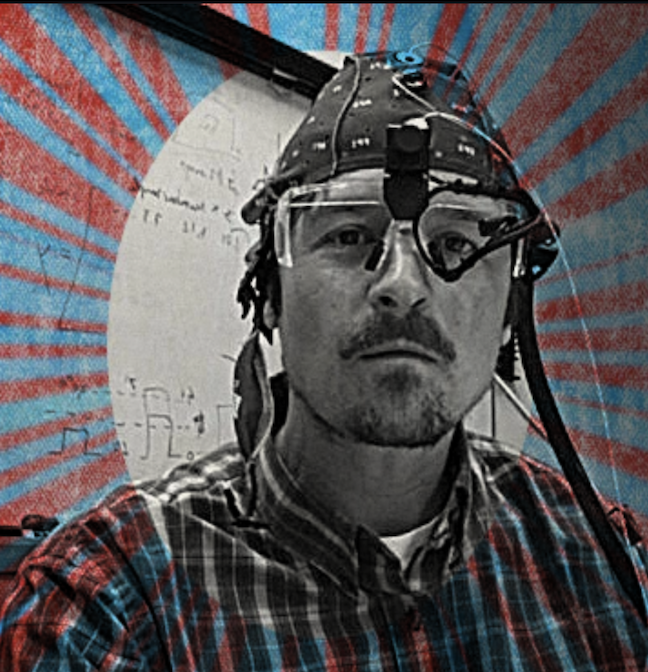In the worlds of cloud technology, business, and education, where everything is built on code and data, where all tasks happen either on the command line or in a graphical user interface, where goals are planned, tracked, and (hopefully) met, one skill rises above the rest. It's not about knowing the latest framework or mastering another programming language. It’s about how you communicate.
For too long communication has been labeled a "soft skill," something nice to have but not essential. That notion is outdated. Today, clear and precise communication is as crucial as the lines of code that run our systems. It’s as critical as the data on which we base major business decisions. It’s the thread that ties together teams, projects, and ideas. Without it, even the most brilliant solutions can fall apart.
When you work in the cloud (or really when you are dealing with humans + computers), you’re dealing with complexity—complexity that must be understood, shared, and acted upon by different people with different expertise. Your words must bridge the gaps between them. It’s not just about writing documentation or creating tutorials; it’s about ensuring that every piece of communication, whether spoken or written, is clear and purposeful.

Use notes, illustrations, even emojis 🎉. Commenting code, methods, and processes with documentation is critically important, especially when working in teams or teaching students. Clear, well-written comments serve as a guide, explaining the logic behind complex functions and decisions. They transform raw code into something that others can understand, maintain, and build upon.
In a team setting, documentation ensures that everyone, regardless of their familiarity with the materials at hand can contribute effectively. For students, these documents are a learning tool, offering insights into the thought process of experienced developers. They bridge the gap between knowing syntax and understanding intent, making collaboration and education far more effective.
When a system goes down, 🚨 when the alarms are blaring 🚨, and the dashboards are flashing red, what do you need most? Not just a quick fix, but a team that can communicate under pressure. A team that can share what they know clearly and concisely with each other, with leadership, and with the customer. That’s what prevents chaos. Clear and professional communication is the only thing that brings order.
And it’s not only in emergencies. In everyday operations, technical situations, business decision time, and in everyday team calls, communication defines the success of a project. It’s in the design documents that outline a new architecture. It’s in the emails that detail a client’s needs. It’s in the meetings where decisions are made. Every word counts. Every word must be clear.

Successful communication in the world of technology is a lot like catching a fish. You can have the best gear, the perfect bait, and the ideal spot, but if you don't cast your line just right, the fish won’t bite. The same goes for communication in tech, business, and education. You can have all the knowledge, all the expertise, but if you don’t deliver your message clearly, it won’t land. Just like fishing, it requires patience, precision, and a deep understanding of your environment.

You need to know when to be concise and when to elaborate, when to listen and when to speak. In both, success depends not just on the tools you use, but on the skill with which you use them. In the end, it’s not just about catching the fish, but about how well you cast your line.
The skill of communication is no longer simply nice to have. It’s critical. It’s the bedrock of everything we do in technology, business, and education. It’s time we treat it as such. Let’s make professional communication a priority, not an afterthought. Because in the cloud, as in life, it’s not just what you say that matters, but how you say it.

